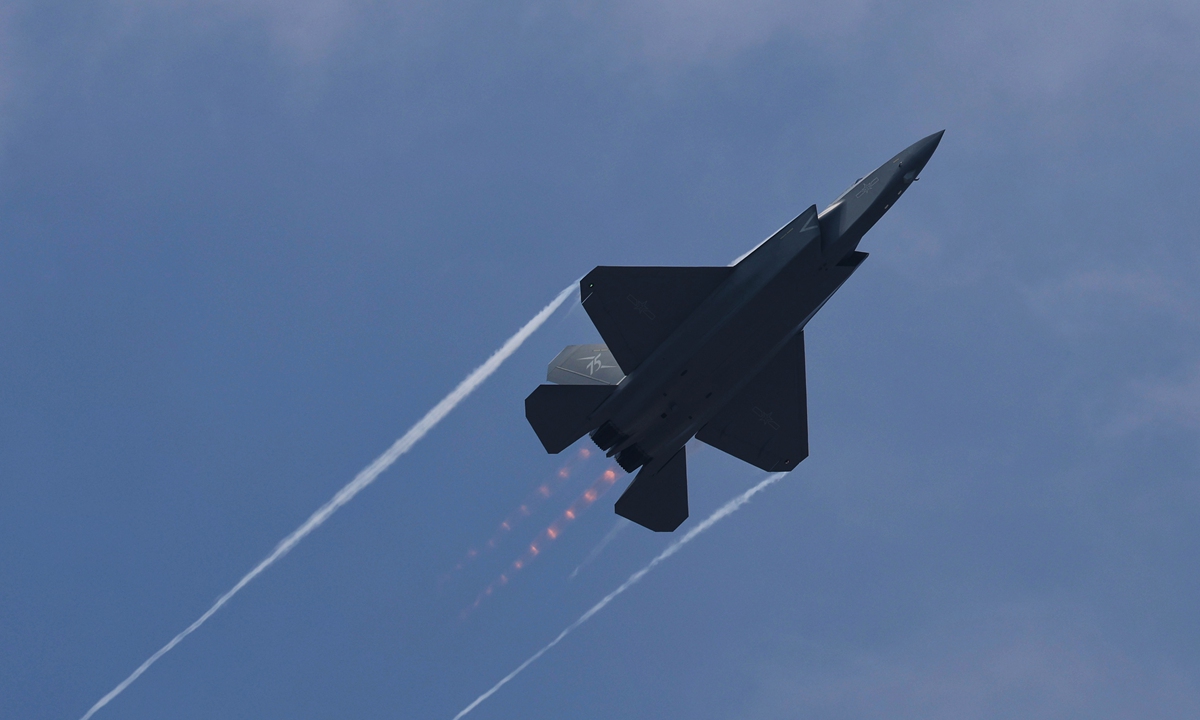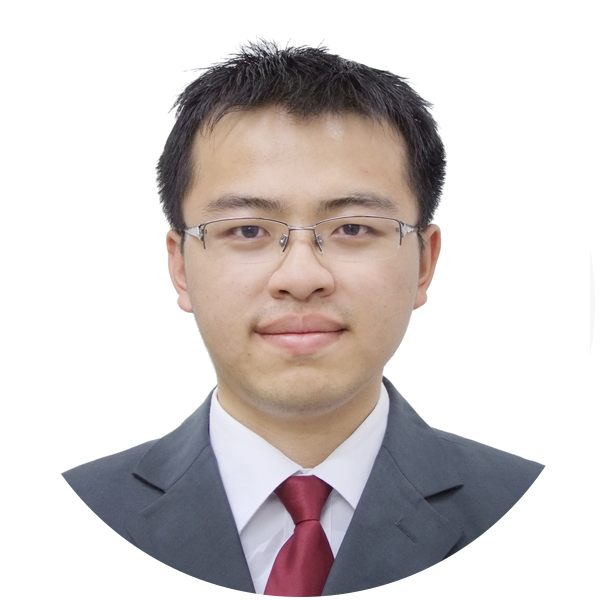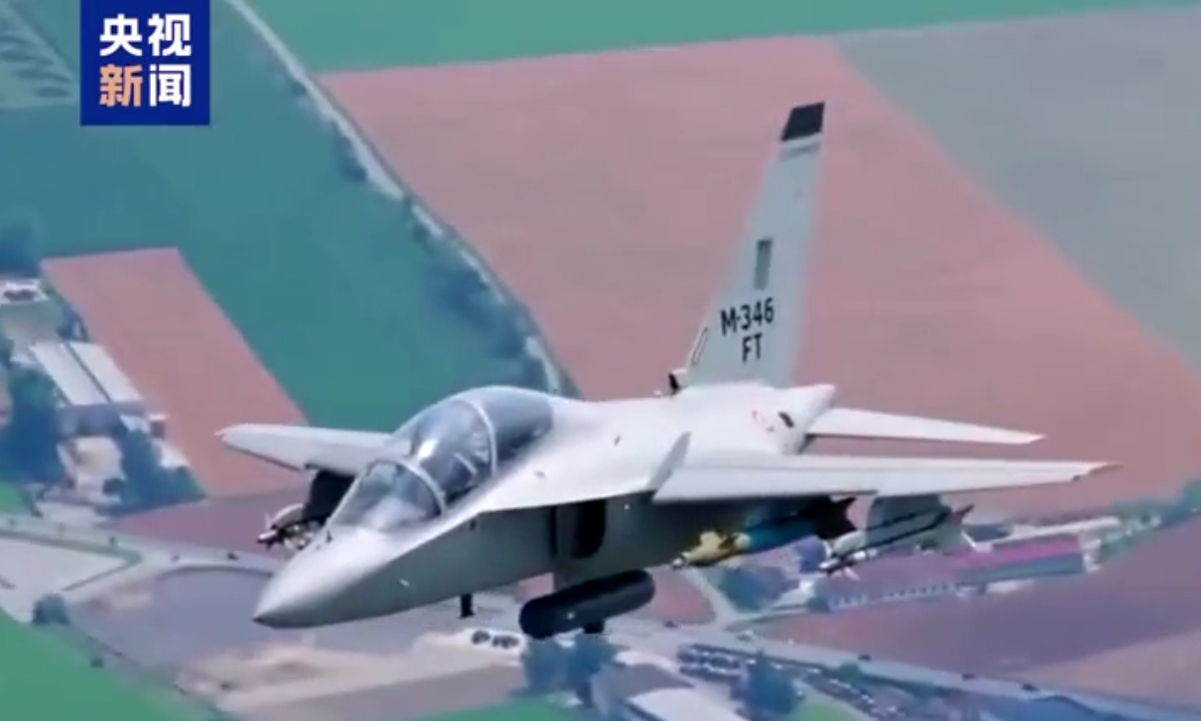
A J-35A stealth fighter jet of the Chinese People's Liberation Army (PLA) Air Force flies over the Jinwan Airport in Zhuhai, South China's Guangdong Province, during the opening day of the Airshow China 2024 on November 12. Photo: Cui Meng/GT
China's second type of fifth-generation fighter jet, the J-35A, has been a global focal point since its debut at the 2024 Airshow China. The J-35A is scheduled to make an international appearance in model form at the upcoming 55th Paris Air Show, which is expected to once again stir up a wave of excitement around Chinese warplanes, the Global Times learned.Wang Yongqing, the chief designer of multiple types of aircraft as well as the chief expert of the Shenyang Aircraft Design and Research Institute of the state-owned Aviation Industry Corporation of China (AVIC), told the Global Times in an exclusive interview on Thursday that the J-35 series, developed with an "air-sea twin configuration" approach and a "one aircraft, multiple variants" concept, is expected to be produced in large numbers in the future, with the aircraft playing the role of a "point guard" in systematic combat operations, delivering exceptional performance.
On November 5, 2024, the Chinese People's Liberation Army (PLA) Air Force officially announced that the medium-sized stealth multirole fighter jet, the J-35A, would make its debut at the 15th Airshow China in Zhuhai, South China's Guangdong Province, marking its first official public appearance. During the airshow, the J-35A captivated audiences with its stunning performance, and the Mach diamonds produced by its afterburners over Zhuhai's skies became one of the most breathtaking highlights of the event.
The Global Times learned that the J-35 series aircraft were systematically designed under the concepts of "air-sea twin configuration" and "one aircraft, multiple variants." This series of fighter jets excels in coordinated and joint operations on the battlefield, while also enabling rapid development and iteration to meet evolving combat requirements.
"'Air-sea twin configuration' and 'one aircraft, multiple variants' of the J-35 series is a development program we've undertaken in response to the country's needs. We are steadily advancing this project in strict accordance with the planned roadmap," Wang said. The top designer told the Global Times that the debut of the J-35A and the first exhibit of a model of the J-35 witnessed at the Airshow China 2024 is the fruition of the "air-sea twin configuration" design philosophy.
Wang further explained that one of the core advantages of the "air-sea twin configuration" and "one aircraft, multiple variants" concepts is the realization of high efficiency in resource utilization. "Many of our research achievements can be applied across different variants, such as sensors, onboard equipment, and avionics systems. This development model has significantly reduced both the costs and time required for fighter jet development," he said.
Wang also believes that the J-35 series fighter jets, developed under the "one aircraft, multiple variants" concept, could in the future achieve a substantial size of fleet, in other words, be built a lot. "This will correspondingly reduce future maintenance costs and improve logistical efficiency of the equipment," he added.
During the interview, Wang particularly emphasized the advantages of the J-35 fighter series. He said that the most significant strength of the J-35 series lies in its superior combat capabilities. "During the design phase, combat effectiveness was one of our primary objectives. The J-35's distinctive features include enhanced stealth performance and exceptional combat capabilities for coordinated operations," Wang said.
Wang likened the J-35A's role in systematic combat to that of a "point guard" on the basketball court. "The J-35A not only demonstrates outstanding 'scoring ability,' but also effectively coordinates other battlefield assets for joint operations," he explained.




